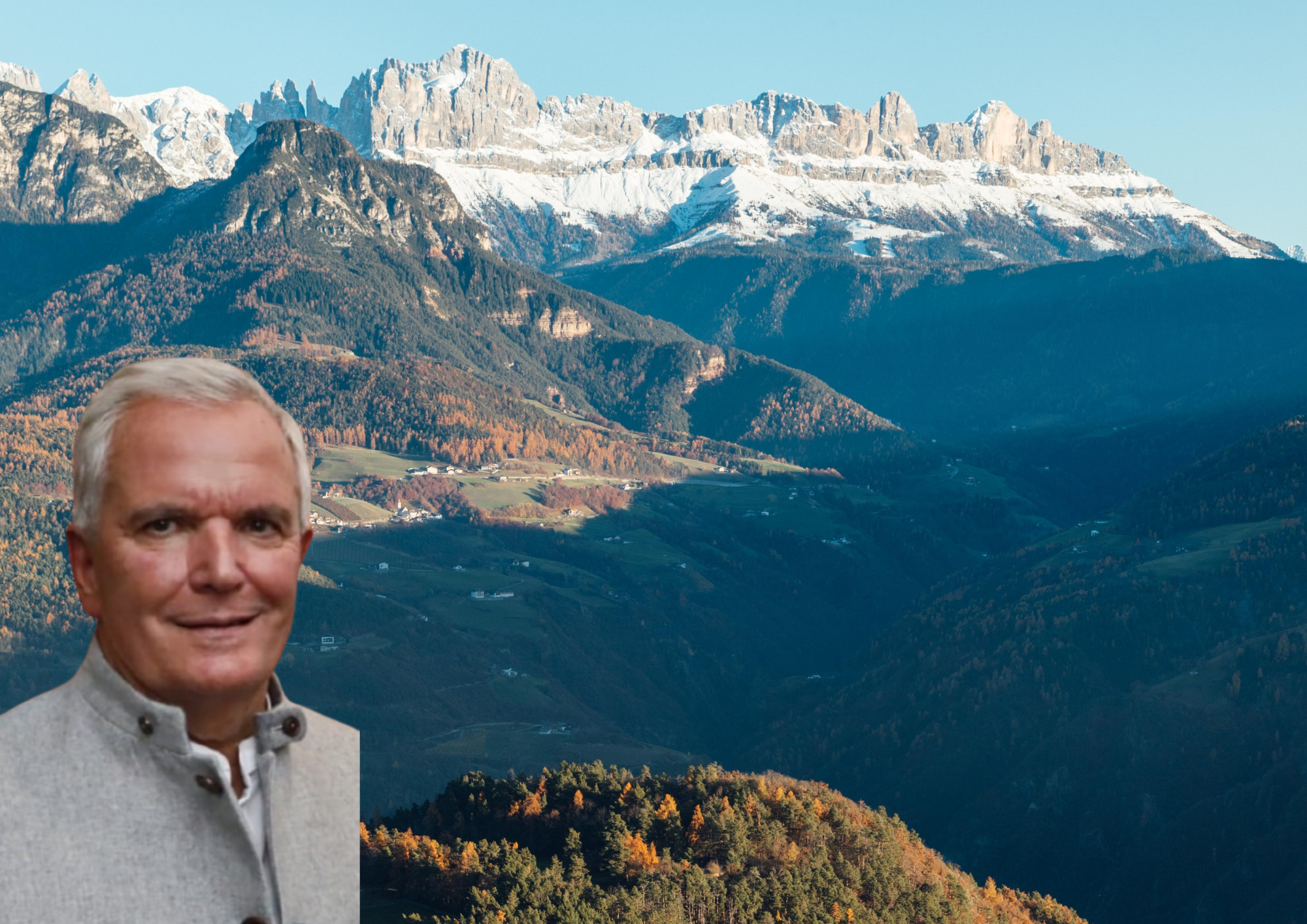Person of the Month: Giorgio Gajer
01 July 2025
Person of the Month: Giorgio Gajer
July, time for hiking: the nature of the medium and high mountains is an irresistible temptation for anyone staying in Bolzano for a few days of vacation. The fresh air and breathtaking views are good for both body and soul. A leisurely walk can be enjoyed even by families with children and older people, but if you are attracted to more challenging hikes, it is important to keep in mind some fundamental precautions. We asked Giorgio Gajer, a great mountain enthusiast with 30 years on the board and 9 years as President of the CNSAS (National Alpine and Speleological Rescue Corps) of South Tyrol, for some tips on how to safely enjoy the mountains.
What about shoes and clothing?
A special note goes to footwear. Who hasn’t come across hikers, even on difficult trails at high altitude, wearing unsuitable shoes such as sandals or flip-flops? Footwear is crucial: it must be of good quality, equipped with a proper sole like “Vibram,” and support the ankle. Suitable equipment ensures not only comfortable walking but especially the grip and stability that can make the difference between coming home safe and slipping down a cliff with often tragic outcomes.
Given your long experience, what can still be done to improve mountain safety?
Another point concerns the use of smartphones, which are very useful in emergencies as long as they are always functional and ready to use. One tip is not to use Bluetooth as it accelerates battery drain. It’s useful to carry a power bank and also to download the GeoResQ app, a free service for CAI members, which, through the “location” function, can provide geographic coordinates of your position and forward a help request—vital information for rescuers.
In conclusion…
Image: Courtesy Thomas Rötting


